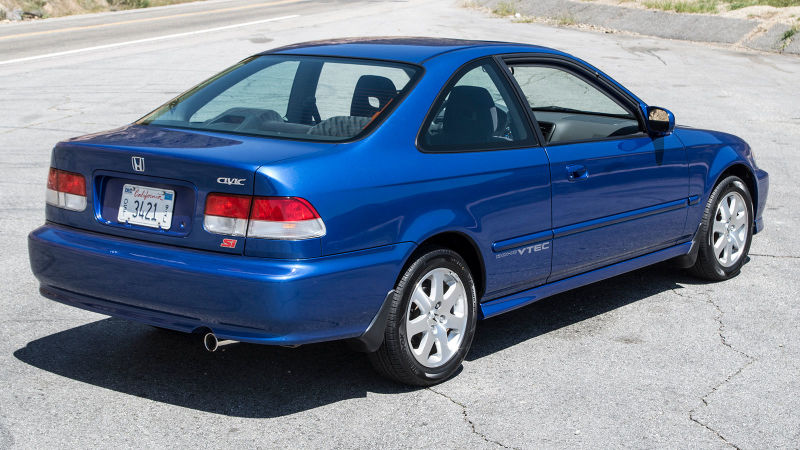
As ’80s and ’90s cars become more commonly accepted as “classics” and the prices of desirable vehicles appear to rise, a lot of us might be thinking about cars we had back the day and if we should have held on to them. Well, plug some of your old car purchases into an inflation calculator. The results can be interesting.
Here’s a sampling of cars that Jalopnik writers have purchased over the years, what we paid, and what that dollar amount translates to today.
The inflation calculations were done using an online tool from the Bureau of Labor Statistics. I just put “January” for the purchase month of everything for the sake of simplicity. If you’re so inclined, feel free to run this for cars you have had yourself and add the results to the comments. Perhaps we could make an interesting graph if we had a lot of data points.
Even without a full-scale analysis, which would have to compare this against prices for these cars on the market today, and drill down a lot more tightly on specific trim levels, I can tell you off the top of my head that there’s a lot of variance in “value” here.
Advertisement
The first two cars in that spreadsheet are mine. The ’96 Integra was a modest non-VTEC LS model with a salvage title. I can tell you, without a doubt, that it was way cheaper than every other Integra for sale in my area and was a good deal at the time. But imagining paying almost $7,500 for a similar car now is comical.
That RX-7, on the other hand, was as clean as a newborn baby’s criminal record and purchased from a wealthy amateur racer who knew the car front to back. 14 years later, if you could have that exact car for $3,600, I’d suggest you jump on it.
Advertisement
Obviously, the further back in time you go, the more interesting the dollar disparity is. Jalopnik’s sage elder Jason Torchinsky, the only person here who had a driver’s license in 1989, bought his famous yellow Beetle then for $1,300. That’s earnest appreciation, since $1,300 then equals $2,700 now and old VWs like Jason’s can be found in the $4,000-neighborhood these days.
Hang on, I just heard the sound of 100 people scrolling to the comments to remind me that “appreciation” does not equal “make money on a car.”
Make no mistake–it is very, very difficult to make money on a car if your process is “buy now, use it for years, sell again later.” And we haven’t even broached tax, title, registration, insurance and maintenance costs. The point is: don’t beat yourself up too much if you sold a clean BMW E30 five years ago for half what they sell for now.
Advertisement
I simply figured this would be an interesting thought exercise, since there’s always a lot of chatter about which cars are “good to buy” and what’s “appreciating.”
I mean, some sense of urgency in finding an old car you covet is definitely justified. BMW is not making any more E30s; insert your favorite non-current make and model and the same is true. Everything old can only get harder to come by.
Just don’t forget to consider the value of a dollar when you calculate the value of a car.













